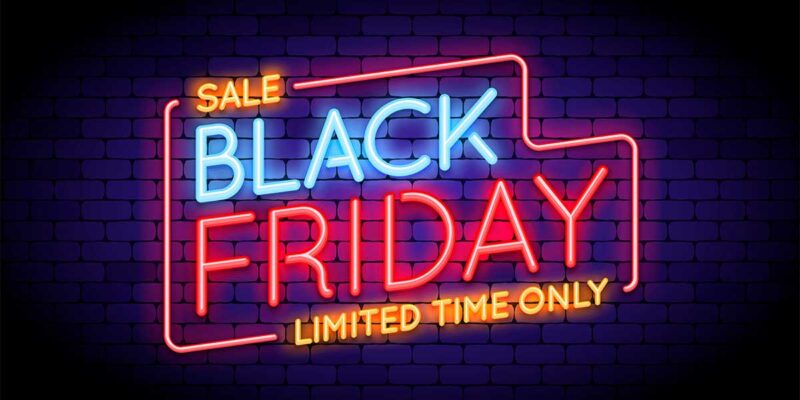Not Just Reaching — Engaging with Church Buyers
 There has not been a time in history when it has been simultaneously easier for any brand to reach far larger audiences than ever before and exceedingly more difficult to cut through the noise to share your message. The democratization of the Internet has been the single greatest advancement of the 21st century, but with the billions of participants has come a tsunami of information, and digital noise that boils the ocean of content. Surely there’s a better way than tossing more digital fodder into the cacophony of marketing flotsam.
There has not been a time in history when it has been simultaneously easier for any brand to reach far larger audiences than ever before and exceedingly more difficult to cut through the noise to share your message. The democratization of the Internet has been the single greatest advancement of the 21st century, but with the billions of participants has come a tsunami of information, and digital noise that boils the ocean of content. Surely there’s a better way than tossing more digital fodder into the cacophony of marketing flotsam.
There is, but it requires you to go against the grain of conventional sales and marketing wisdom.
Vanity Metrics vs. Real Metrics
Having spent years in audio, video and lighting (AVL) sales, I know all too well the principle that says a sales pipeline must have a large funnel at the top to get a good flow at the bottom. Want more sales? Get more leads. Want more leads? Advertise more. Want to reach more people? Expand your advertising. There’s logic to this that’s generally true, but the difference is in reaching more people instead of reaching the right people.
From a sales and marketing perspective, I live in Salesforce (my Customer Relationship Management tool of choice) to track leads, contact, opportunities and activities to understand the flow of the sales cycle, while I live in Google Analytics or my email campaign tool (Pardot) to understand how people are finding us, what they’re clicking on, how much they’re consuming, how long they’re consuming it and when and where they leave us. These tools have metrics that are useful for gaining context, but they are also rife with vanity metrics.
Vanity metrics are the stats that are true, but irrelevant.
While it’s helpful to understand what percentage of people opened an email, it’s far more valuable to know percentage (and who) clicked through an email on a call-to-action link. Similarly, while it may be flattering to see web pages that get a lot of visitors, it’s more actionable to track which content downloads, video views or forms filled out are keeping people on the page and engaging with our content.
Vanity metrics sound great, and a lot of advertising promises “impressions” or “views” or “visitors” to show their large reach. I recently had an advertiser ask me to sign up again for another banner ad on one of their websites while he boasted 27,000+ views of that site in the past year. My stats painted a different picture: we had zero — nada, zilch, none — click-throughs from that site the previous year from a trial set of ads we ran. And while we have to look at our messaging, our content and our methods as possible reasons why we had no traction, it says something that out of 27K views, zero were even a click through, much less a lead conversion opportunity for us.
Getting Leads That Matter
The three kinds of lead opportunities for sales come from either owned content (on your website), paid content (others are compensated to promote) or earned content (others promote you because they find value in what you do for their audience). Obviously, earned content is best, but it won’t happen unless and until you have done a great job with your owned content first.
So how do you do that? This month’s Trends article addresses this topic, so be sure to read it, too. Long story short, your targeted content is far more valuable than your product’s list of new features and benefits. To shift from the mindset of getting ‘more leads’ to one of getting ‘better leads’ it is important to understand the position of your brand as being focused on solving problems and creating opportunities for them.
If your product marketing talks about you more than it talks about the potential client’s viewpoint, you’re already behind the curve.
In the world of marketing, we want to see a greater emphasis on engagement than on reaching a bigger audience. Engagement, therefore, is about how involved people are with the content you create and promote to specific, targeted audiences. The easiest and best metric for engagement are the conversions from your call-to-actions. A million visitors to your product’s page are worth very little if you get zero conversions.
Don’t boil the content ocean in the hopes of finding leads. Instead, measure to track what’s working and what’s not, and apply your learning to ensure that each piece of new content you create is just a little more targeted and specific than your last. Do this with great consistency, and you’ll create a lot of owned content, which is great call-to-action link for paid content and, hopefully, earned content.
Are you going for a bigger lead funnel or a better lead funnel? Share your views and opinions in the comments below.





